You may have heard the buzz about the City of San Diego’s Climate Action Plan, but what does it mean and why does it matter? We’ve broken it down so you can understand how our city is handling climate change and how to get involved.
The problems with climate change
Climate change hits our neighborhoods first and worst
What is a Climate Action Plan?
What does the draft Climate Action Plan leave out?
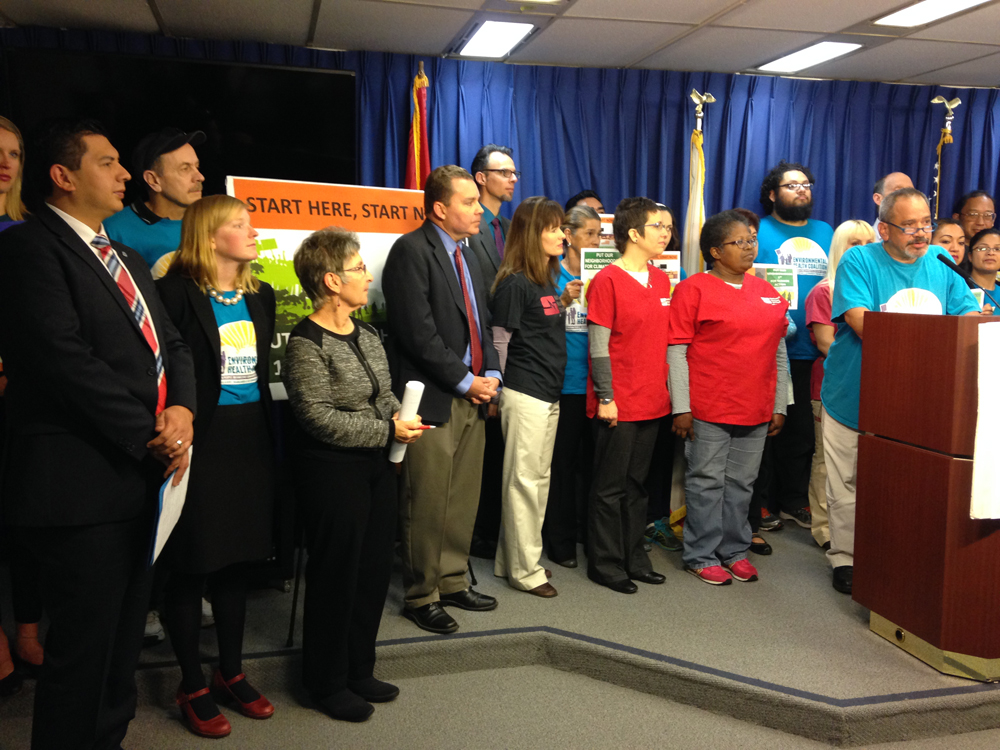
The problems with climate change
Climate change can't be seen or touched, but every day our families are affected by it and the pollution that causes it. The thick, dirty air from cars and industries harm our environment and make us sick. And climate change effects, from sea-level rise along our coast, to extreme heat waves and drought, impact our region and our lives more each day.
Learn more about the harmful effects of climate change in San Diego here.
Climate change hits our neighborhoods first and worst
All neighborhoods in San Diego are impacted by climate change, but not all neighborhoods are impacted equally. As the effects of climate change worsen, some urban neighborhoods such as Barrio Logan, City Heights, and southeastern and southern San Diego suffer significantly more.
Climate change hits hardest in the neighborhoods that:
- Have the highest rates of asthma hospitalization among children in the city;
- Breathe the most polluted air from trucks, freeways and industrial sources;
- Live in old, unhealthy homes lacking energy efficiency and solar energy needed to reduce unaffordable energy bills;
- Lack access to safe, affordable and convenient transit, bicycling and walking options to access jobs, health care, parks, and cooling centers; and,
- Face the highest rates of unemployment, underemployment and low-wage jobs.
Without immediate action in our communities, we will see more heat waves, drought, worsened air quality, increased energy bills and more freeway pollution. The time to start is now, and the place to start is here.
What is a Climate Action Plan?
The City of San Diego is developing a plan to reduce the pollution that causes climate change--which mostly comes from cars, trucks and dirty power plants—and boost our resilience in a changing climate. San Diego’s plan will reduce pollution by relying more on clean energy, increasing transit, walking and biking opportunities, increasing our urban tree coverage and reducing waste.
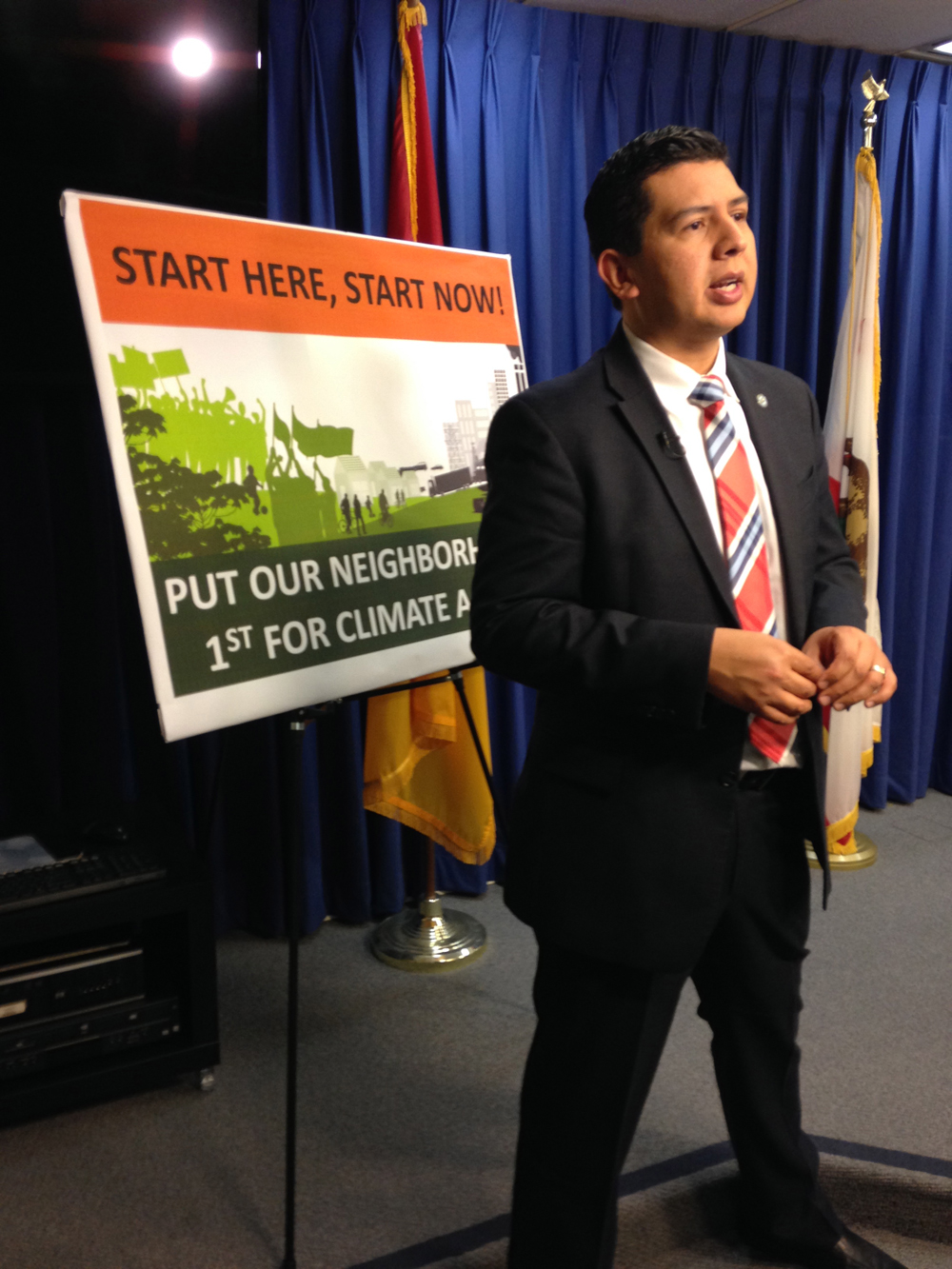
What does the Climate Action Plan leave out?
The current draft of the Climate Action Plan falls short in two major areas:
- It fails to prioritize neighborhoods most impacted by climate change for transportation and energy benefits, and
- It doesn’t do enough to reduce energy use in buildings.
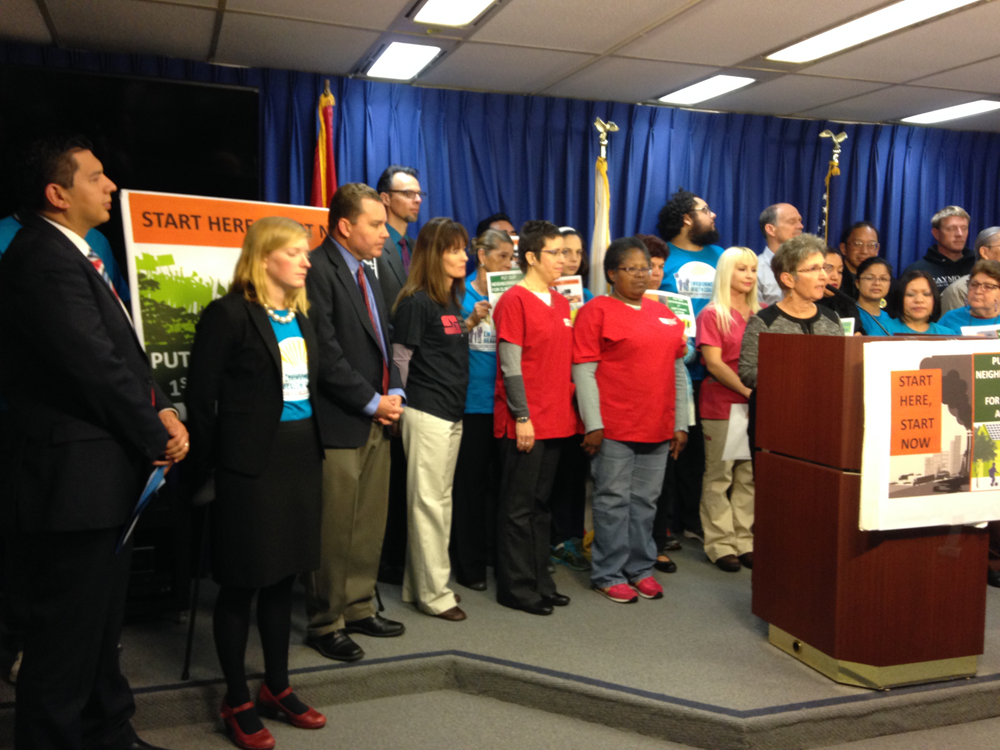
Our solution: Start here, start now! Put our neighborhoods first in the Climate Action Plan!
The City of San Diego should take action on climate now, starting in the neighborhoods impacted first and worst by climate change. Sign our letter to tell the Mayor and City to strengthen and approve an enforceable and comprehensive Climate Action Plan that achieves:
- Transportation justice: Invests in transit, bicycling, and pedestrian infrastructure in our neighborhoods first, and puts people before freeways
- Energy justice: Puts solar in our neighborhoods, gives San Diegans a clean energy choice, and makes new and existing buildings energy efficient
- Good jobs: Creates good-paying jobs for local residents
- Climate change resilience: Protects our natural resources, wildlife, coastline, infrastructure, and public health from the harmful impacts of climate change
- Bold goals, state laws and the City General Plan: Achieves the draft climate plan’s goals to cut carbon in half, use alternative transit for half commutes, use 100 percent clean energy, increase our urban forests, and reduce waste
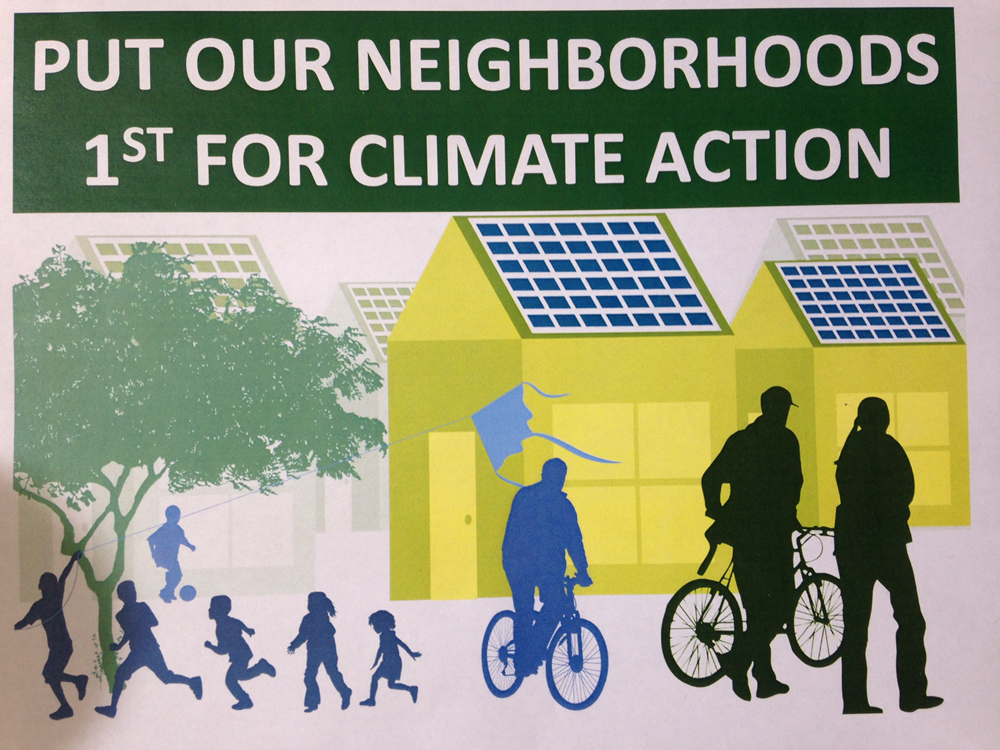
- Sign our letter to tell your Councilmembers to start here, and start now. to tell your Councilmembers to start here, and start now.
- Donate to allow EHC to continue fighting for a Climate Action Plan that starts in our communities.
- Do your part at home and in your community to reduce pollution. Click here to find out how.
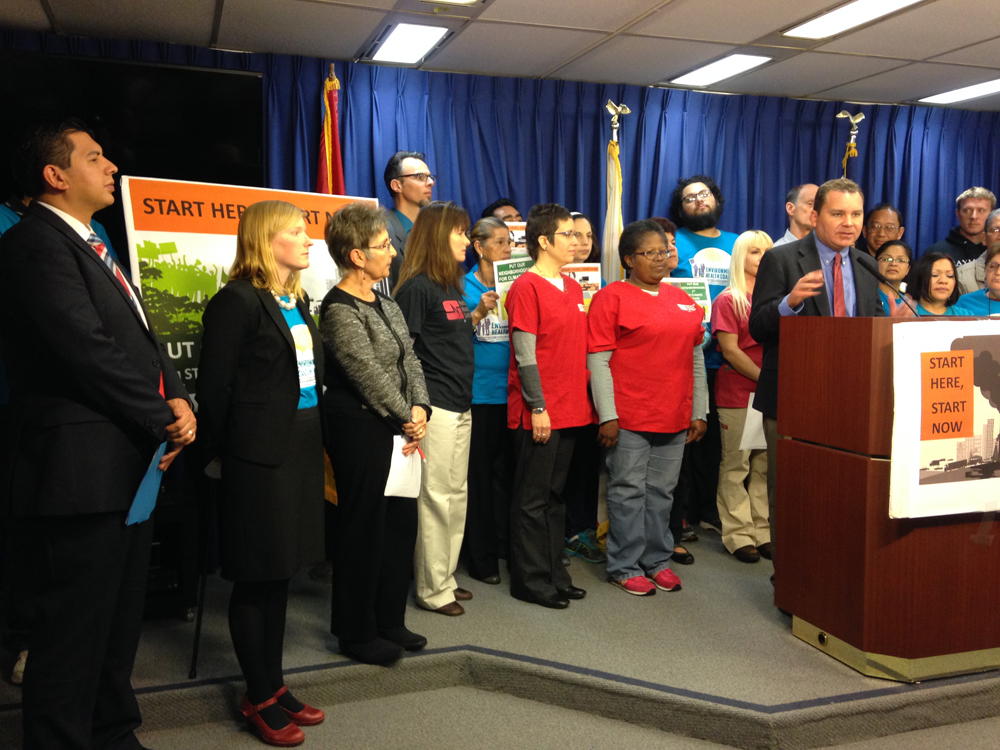
City Councilmembers join the community in demanding the City’s Climate Action Plan start here and start now, in our urban neighborhoods most impacted by climate change.
Irma Ortiz, resident of Logan Heights, said:
“Residents in my neighborhood already suffer from air quality that’s damaging to breathe, energy bills that are difficult to pay and public transit that’s hard to access. My community has needed the City to act on climate and pollution for a long time, and I hope the mayor’s plan ensures we will see action soon.”
Councilmember David Alvarez said:
“Neighborhoods in my district and others like it have been waiting their turn for investments in solar energy, affordable and convenient public transit, bicycling and pedestrian infrastructure, efficient and healthy homes and improved air quality. We can’t afford to wait any longer. We need to act here and now to ensure our neighborhoods are resilient against climate change impacts.”
Councilmember Marti Emerald said:
“I positively support the adoption of a strong Climate Action Plan for the City of San Diego. Climate change impacts disadvantaged communities, including many in District 9, hardest. We need to make sure that the economic, transportation and public health needs of the citizens in disadvantaged neighborhoods are adequately addressed by the plan.”
Councilmember Myrtle Cole said:
"San Diego's working families must be equipped to be resilient in a changing climate and create healthy, sustainable investment and quality jobs in communities that have historically been underserved.”


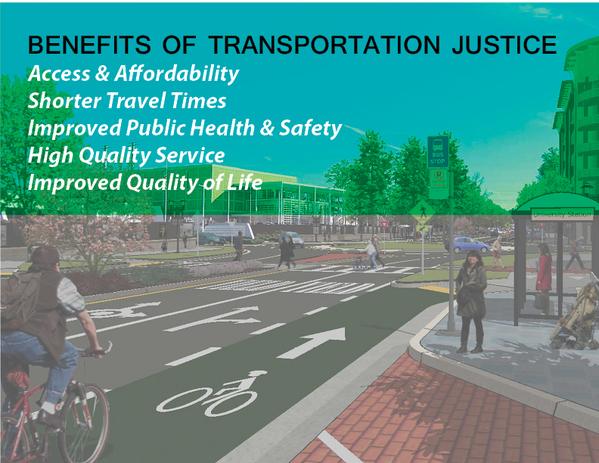
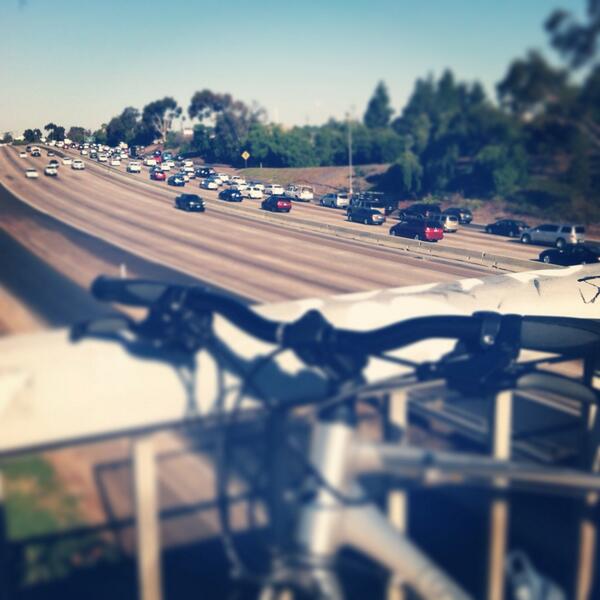

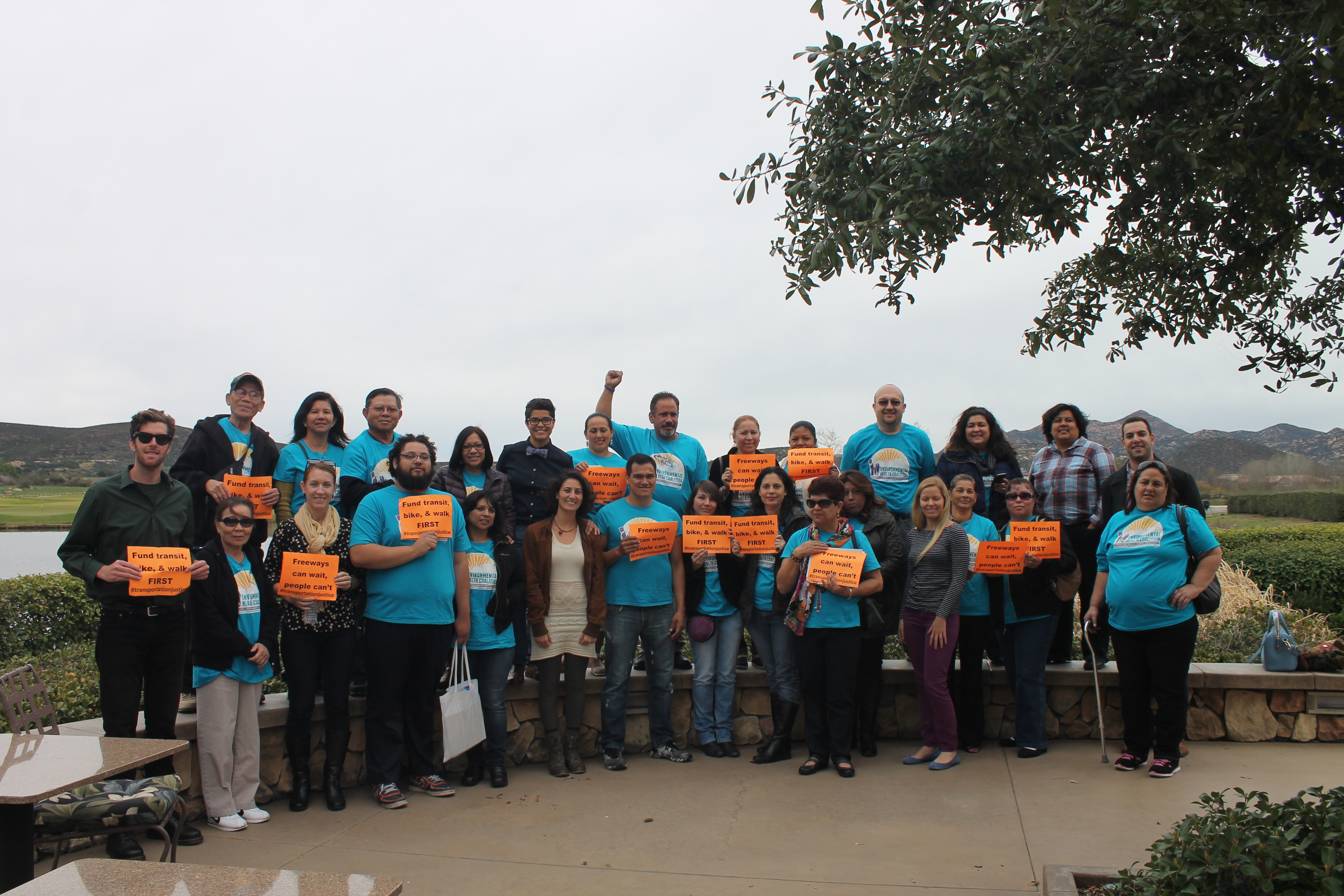
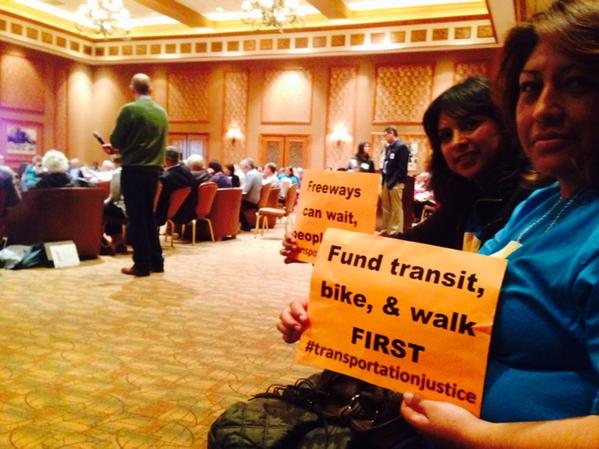
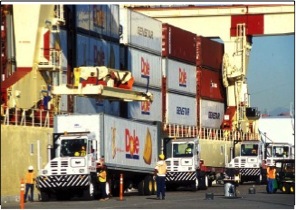 Clean air
Clean air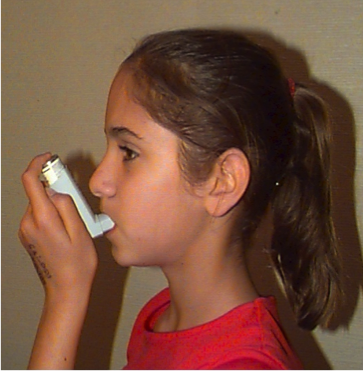 The California Air Resources Board has developed a strategy that shifts what our trucks, trains and ships use to a much cleaner and much healthier system so we can breathe easier -- literally.
The California Air Resources Board has developed a strategy that shifts what our trucks, trains and ships use to a much cleaner and much healthier system so we can breathe easier -- literally.